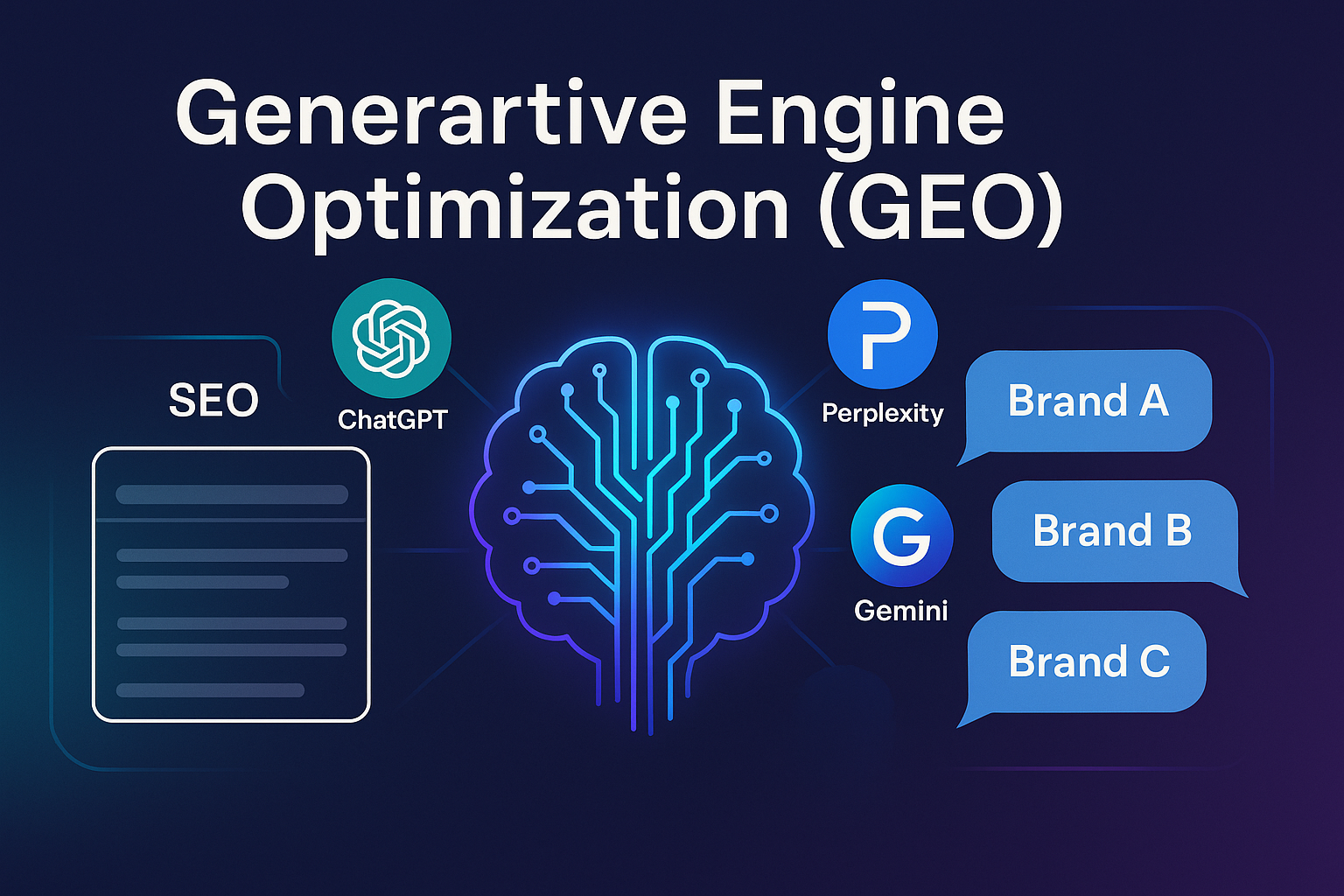YouTube offers a variety of ad formats to target viewers at different points in their video consumption journey. Here’s a breakdown of the common types and their pros and cons:
In-Stream Ads: These appear before, during, or after a video the user chooses to watch.
- Skippable In-Stream Ads (6 seconds – 30 seconds):
- Benefits: Cost-effective, high reach, user can choose to engage.
- Drawbacks: Users might skip, shorter format limits message delivery.
- Use When: You want broad reach and brand awareness, or have a short, impactful message.
- Non-Skippable In-Stream Ads (15-20 seconds):
- Benefits: Guaranteed views, captive audience for a short message.
- Drawbacks: Can be disruptive to user experience, higher cost per view.
- Use When: You have a critical message or want to promote something time-sensitive (e.g., a new movie trailer).
Video Discovery Ads: These appear alongside search results, suggested videos, and on the YouTube homepage.
- In-Feed Video Ads (up to 6 seconds):
- Benefits: Catches attention during browsing, strong visual storytelling potential.
- Drawbacks: Limited time for complex messages.
- Use When: You want to drive traffic to your channel or longer video content.
Other Ads:
- Bumper Ads (up to 6 seconds): Similar to skippable in-stream ads but very short for quick brand mentions or teasers.
- Overlay Ads (text or image banners): Appear alongside the video, non-intrusive but less prominent.
Choosing the Right Ad Format:
The best ad format depends on your marketing goals, target audience, and budget. Here are some general guidelines:
- For brand awareness and reach: Use skippable in-stream ads or video discovery ads.
- For promoting a specific video or product: Use in-feed video ads or skippable in-stream ads with clear calls to action.
- For delivering a critical message or showcasing a product in detail: Consider non-skippable in-stream ads (use sparingly to avoid user annoyance).
- For subtle branding or retargeting: Use overlay ads.
Additional factors:
- Target audience: Consider their viewing habits and preferred content lengths.
- Campaign budget: Non-skippable ads and longer formats typically cost more.
- Product/Service complexity: More complex messages might require longer ad formats.
By understanding these different ad types and their strengths, you can tailor your YouTube advertising strategy to achieve your marketing objectives.




Leave a Reply